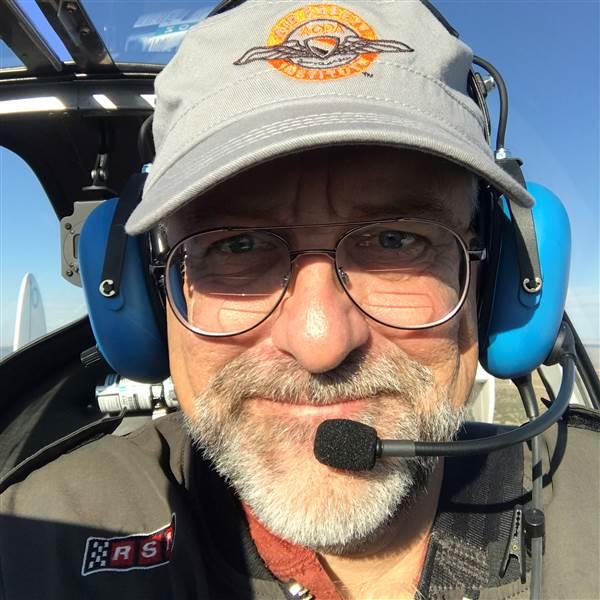Training and Safety Tip: Lay a good foundation
The foundation of all maneuvers is plain-vanilla, straight-and-level flight.
This most important maneuver to master is, sadly, also the most boring. You know, wings level. Not going up, not going down, not veering right or left. Just plowing along through the endless sky in a straight line like a magnificent sailing ship destined for distant lands.
Even for the most vexed learners, maintaining straight-and-level flight may begin to feel boring and repetitive, and the desire to perfect the skill competes with the desire to progress to more complex maneuvers. This—coupled with the fact that many flight instructors are every bit as bored as their students when teaching straight-and-level flight—sometimes results in this critical skill being both under-taught and under-practiced. And it sure doesn’t help that straight-and-level flight isn’t a practical test maneuver for any certificate level.
But here’s the thing: Straight-and-level flight is the foundation of everything that comes afterward.
The FAA’s Airplane Flying Handbook devotes multiple pages of Chapter 3: Basic Flight Maneuvers to this seemingly simple skill, the first of the “four fundamentals” that pilots must master—turns, climbs, and descents being the others. “The other fundamentals are derived as variations from straight-and-level flight, and the need to form proper and effective skills in flying straight and level should be understood.”
Mastering straight-and-level flight is a visual exercise that develops several good habits, such as constant scan of outside references including the position of each wingtip relative to the horizon. This also improves the odds of seeing and avoiding other aircraft.
The scan should also include instruments, but only in glances. The FAA recommends that the wingtips should be the primary visual reference for bank attitude in straight-and-level flight because it’s easy to miss bank deviations when looking straight over the nose. Pilots who focus exclusively on the horizon ahead tend to fly with one wing low. “A pilot with a bad habit of dragging one wing low and compensating with opposite rudder pressure will have difficulty mastering other flight maneuvers,” the AFH notes.
If all maneuvers start or end in level flight, and if you can’t do level flight right, how could you possibly fly any other maneuver well?
So make sure you are really good at flying straight and level before moving on to the more fun maneuvers. And don’t be afraid to revisit and practice straight-and-level flight often as you progress through your training.




